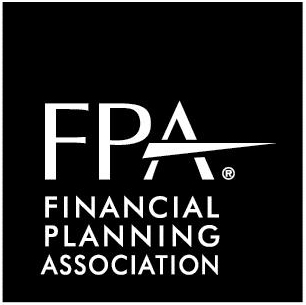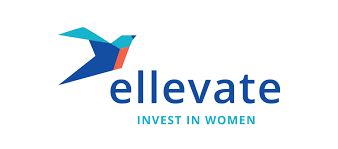Part of being a financial planner is helping clients figure out to budget and save. When it comes to the savings question, the concept of paying yourself first is tremendously important. The temptation toward immediate gratification is so strong that many people find it hard to set aside savings once that money is in hand. Growing a habit for setting aside savings first and creating a budget for spending after you save can smooth the way for reaching your financial goals.
I like to think of savings in layers. There are the big ticket items such as retirement, home purchase and college and smaller ticket items like a vacation, new car or home remodel project. Next there is the ever-important emergency fund - money you would need to live on if you were unable to generate income for a period of time. Finally there is what I like to call the "rainy day" fund. This is a subset of the emergency fund - money you would need for a surprise expense like a broken appliance, auto repair or a trip to the emergency room.
The Rainy Day Fund
How often does it rain in your household? This will determine how much you need to set aside for unexpected expenses. In a recent survey, more than a third of Americans responded that they would rely on credit card or other debt to cover an unexpected $1,000 expense. Building a cash cushion to soften the blow of surprise expenses is an essential step toward financial security. Using the "pay yourself first" approach by sending a small amount of every paycheck to a dedicated savings account can help to build this very basic layer of financial defense for a household.
The Emergency Fund
I think of the emergency fund separately from the rainy day fund. A true emergency is rare, but if it happens, it is big and can have devastating consequences for those who are unprepared. Most financial planners recommend families have between 3 and 6 months worth of living expenses set aside in the even of a true emergency like the loss of a job or major medical expense. If you live in a single-earner household with dependents or have uneven or unpredictable income, it might be wise to have an even larger emergency cushion saved. It can be a challenge to build up this amount in savings while at the same time saving for retirement and paying down debt. This is where it is important to find a balance and develop another layer on the "pay yourself first" savings cake.
Retirement Savings
Retirement savings is so very important! It is never too early to start paying your future self first. If you have the option to set aside money for retirement through an employer plan such as a 401(k) or 403(b) account, do so right away. If your employer matches a portion of your own contribution, aim to contribute at least enough to get that full match to start. As your salary increases, make a point of increasing your deferrals into the retirement account as much as you can until you have reached the maximum allowed. In 2018, individuals under age 50 can put aside as much as $18,500 in pre-tax dollars. Add $6,000 to that if you are over 50. There are several different types of retirement savings options out there, each with its own rules and limits. Take some time and study up to be sure you choose the right place to save. The most important thing is that you should be saving, early and often.
Jennipher Lommen is a Certified Financial Planner TM and Enrolled Agent who offers comprehensive financial planning and tax advice to clients in Santa Cruz, CA and beyond.










